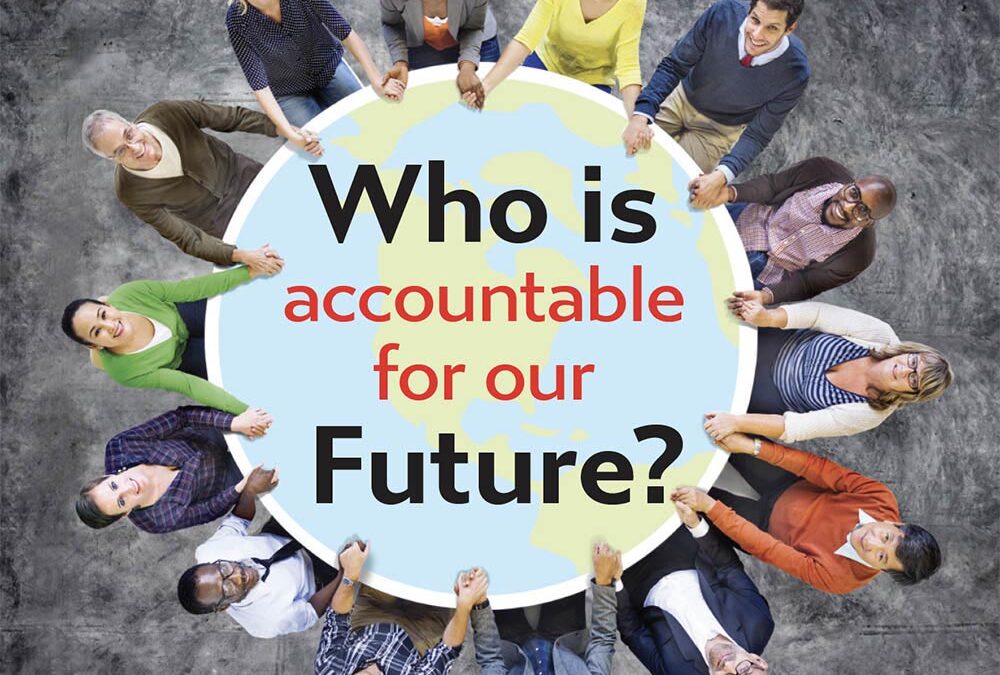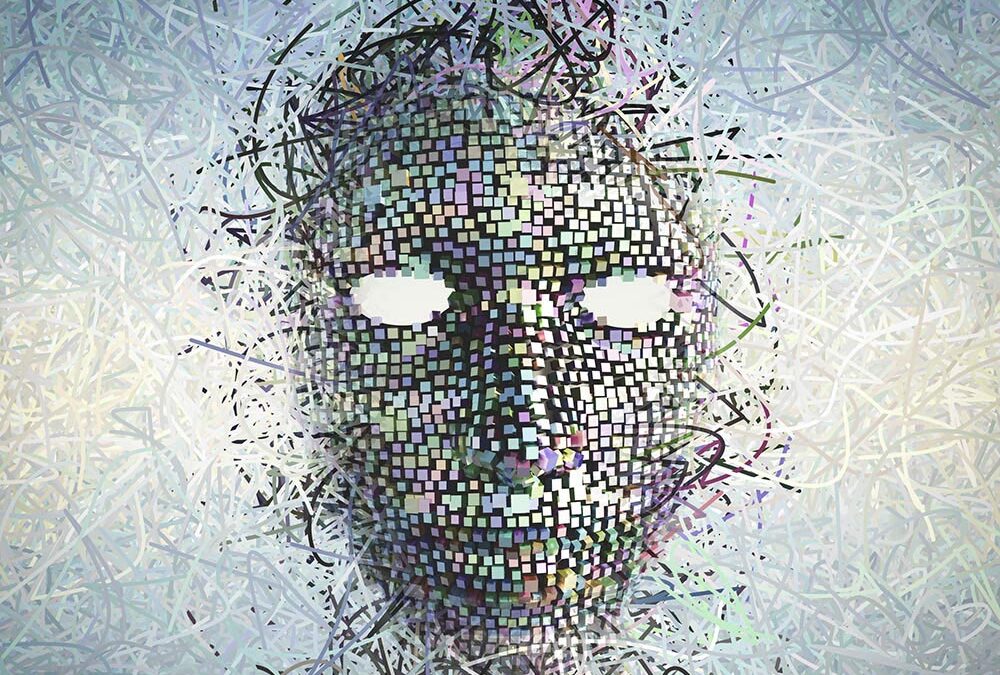
Who is accountable for our Future?
By Cheri Torres
In the face of climate change, polarization, and global volatility, how might each one of us step up and become accountable? As human beings dependent upon a healthy environment, why isn’t every community and organization, simply as a matter of course, concerned about “doing the right thing” for the environment? As human beings dependent upon one another for health and wealth, why aren’t communities and organizations doing the “right thing” for every person?
The bigger question is: How can we do what’s “right” and still balance the budget or be financially successful. Doing the “right thing” should be a simple decision, but it becomes complex in the face of our global monetary-based economy, human desire and fear, and marketing and political influences. This is a problem best resolved by engaging all stakeholders in outcomes-focused conversations inspired by generative questions. In other words, by talking about what we want for the long run (e.g., a healthy environment, a livable wage, equity, communities concerned for the welfare of all, etc.) and asking questions that help us think differently while creating positive and innovative images of shared and desired futures.
Some CEOs and business leaders are already engaging in such conversations at both national and international levels. They are exploring what it means to be a business with purpose beyond just profit, what it means to be guided by principles and corporate responsibility, and to ensure long-term success for all stakeholders including the organization. Associations committed to Conscious Capitalism, Business as an Agent of World Benefit, B Corporations, and Business with Purpose are sharing information and fostering conferences to support positive change and solutions to complex challenges such as these. Research is showing that as these businesses make more responsible decisions—as they choose to be accountable to all stakeholders: shareholders, vendors, employees, Directors, community and environment—their profits actually increase over the long run. In other words, they can make the “right” choice and be financially successful. Raj Sisodia, founder of Conscious Capitalism, and his colleagues have been studying these businesses to learn what works. They’ve published their results in two editions of Firms of Endearment. Their data shows the 10-year ROI for many of these companies is consistently 800% – 1200%! Isn’t that a conversation your organization would want to be in?
Any of us can influence the conversations in our communities and organizations. Ultimately, decisions may be made at a level far above our position, but imagine the influence if every member of an organization kept engaging in conversations fueled by questions such as:
• How might we produce with zero waste?
• What process could we use to avoid toxic substances?
• What might our by-products be used for?
• What could neutralize our toxic footprint?
• How might using renewable energy improve our bottom line?
• How might being a good citizen to the world improve our customer loyalty?
• Would our customers be more loyal and even pay a premium if they understood we were a zero-carbon footprint company?
• How might we serve a broader purpose, adding value for the environment or people beyond our product or service?
• How can make our bottom line be about profit, planet and people?
• What might make my work deeply meaningful?
As customers, we have conversational power as well. We can ask the organizations from which we buy goods and services:
• How are they making sure our water, air, and land remain clean?
• How are they responsible to people and planet as well as profit?
• How are they choosing to do the “right” thing because it is the right thing to do?
And we need to be willing to ask ourselves tough questions, and engage in conversations with our own family:
• Are we willing to pay the price for doing the right thing, e.g., if it means higher costs or a temporary decrease in our own ROI?
• How might we reduce our own waste and toxic footprint?
• How might we be part of the solution in our community and places of work and worship?
• How might we support creative solutions that ultimately increase overall health and wealth for
everyone?
We can be accountable to our future; we simply need the will and the commitment to generative conversations that help us find ways to do the right thing. Every farmer, every CEO, every board president, every citizen knows it’s a bad idea to pollute our water, bury toxins, and destroy our natural forests. We know it is wrong to hoard wealth while those who help produce it struggle. Only our self-limiting beliefs and lack of imagination keeps us from being accountable for our children’s children. We are human beings, however: creative, intelligent, and capable of amazing ingenuity, especially when we think collectively and positively. How might you inspire conversations that ignite our creative genius and inspire our collective will?
Wherever you are in your organization or community, start asking generative questions to fuel conversations that ignite the collective human spirit to do the right thing simply because it is the right thing.
Cheri Torres is an author and speaker cheritorres.com. You can download a free Conversation Toolkit and learn more sparking great conversations at ConversationsWorthHaving.today.





